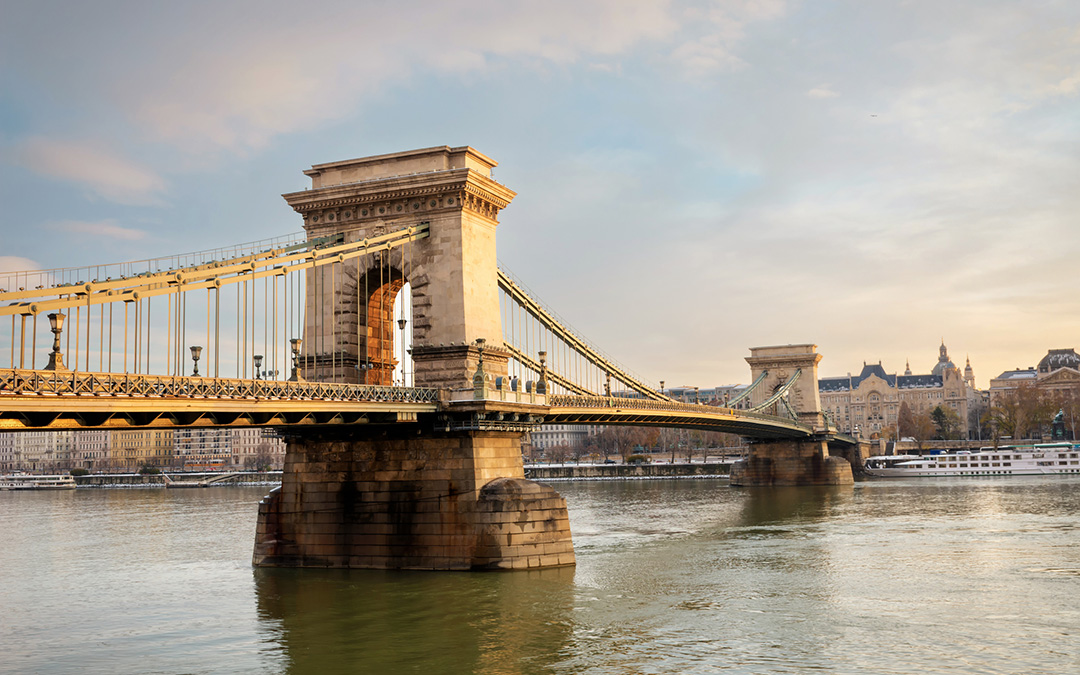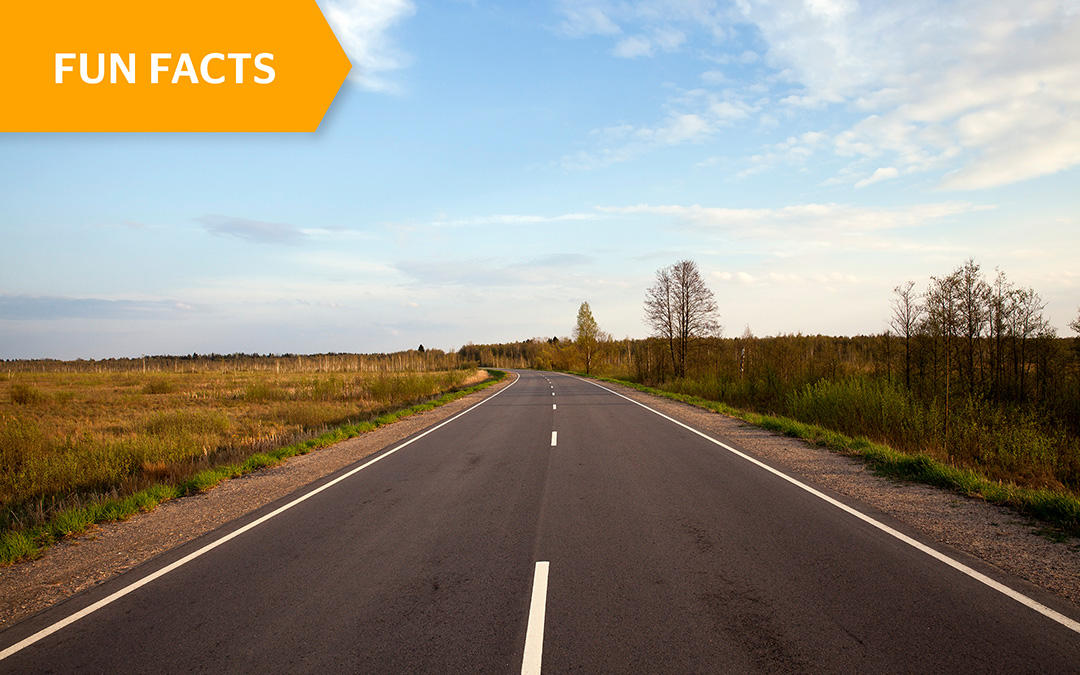Culinary delights, thermal baths, breathtaking landscapes and lots of music … You’re guaranteed not to get bored in the land of the Magyars. Let us inspire you!
In Hungary you will find a well-developed infrastructure for long-distance drivers, which ensures that you are well looked after and supported during your tours. There are numerous rest stops along the highways (M-roads) and main roads. They offer parking spaces, sanitary facilities and often also overnight accommodation.
At most rest stops, you can enjoy traditional Hungarian dishes in the restaurants and snack bars. How about a hearty goulash with paprika? It always tastes good! It goes well with the famous Tokaj wine, known as the “wine of kings and king of wines”. And the herbal liqueur Unikum, which has been produced according to a secret recipe since 1790, helps with digestion. But remember, only if you don’t have to get behind the wheel again afterwards.
Well supplied on the road
Whether at the service stations or at the petrol stations along the roads – the major international brands are predominantly represented here. Many service stations also have truck washes or have partnerships with nearby providers. You will often find these near industrial areas and logistics centers.
There are also plenty of parking spaces for trucks in the vicinity of service stations and petrol stations in Hungary – well-lit and monitored to ensure the safety of the vehicles. Some parking lots offer additional services such as showers, WLAN and laundry facilities.
Diverse capital city
The capital city of Budapest has many surprises in store for you. You shouldn’t miss out on them if you’re already there or at least in the vicinity. Did you know that the city has the most thermal springs in the world? There are over 100 hot springs and 12 thermal baths here. (By the way, you can also visit a unique thermal bath in Miskolctapolca. The special thing about it is that it is located in a natural cave).
The former operetta capital is also known for its beautiful bridges, including the famous Chain Bridge, which connects Buda and Pest. It was here in Budapest that Europe’s first continental metro was opened in 1896, and Heroes’ Square is a significant monument erected in 1896 to mark Hungary’s millennium. And if you keep your ears as well as your eyes open as you stroll through the city, you can be enchanted by the Roma music emanating from the pubs and cafés.
 The famous Chain Bridge connects the two districts of Buda and Pest. Photo: iStock
The famous Chain Bridge connects the two districts of Buda and Pest. Photo: iStock
Who invented it?
The famous Rubik’s Cube was invented by the Hungarian architect Ernő Rubik. The pencil was invented by the Hungarian Joseph Hardtmuth. And the Hungarian physicist Leo Szilard played a key role in the development of the atomic bomb.
Unique customs
A scenic highlight on your tour is the Puszta, the largest grass steppe in Europe and a UNESCO World Heritage Site. Here, as in other parts of the country, you can also experience unique customs:
- Busójárás celebrates the town of Mohács during carnival. Participants dress up in spooky costumes and masks to chase away winter and welcome spring. The origin of this custom goes back to the time of the Turkish occupation.
- On Easter Monday, women are sprinkled with water or perfume by the men. This is accompanied by a poem wishing the women fertility and beauty. The women show their gratitude with painted eggs and sweets.
- Martin’s Day on November 11 marks the end of the harvest season. It is said that anyone who does not eat a goose on this day will remain hungry throughout the following year.
Do you fancy a St. Martin’s goose or a succulent goulash? Which specialty are you looking forward to the most?


0 Comments